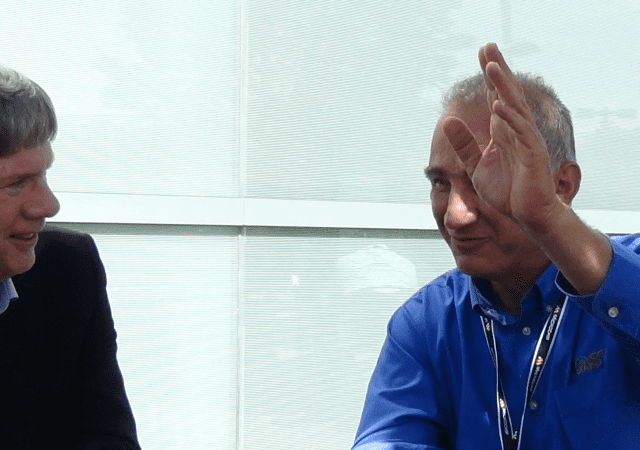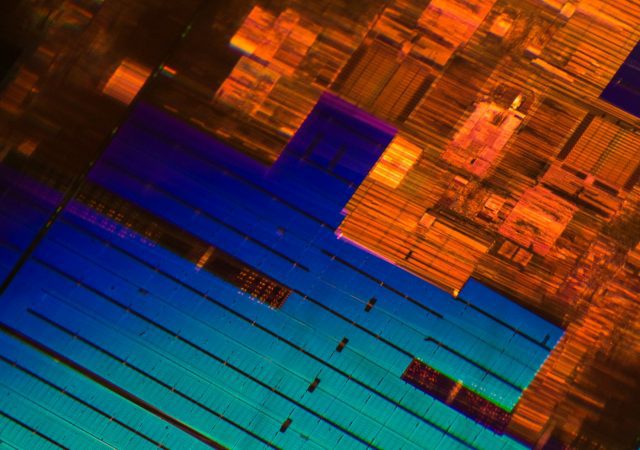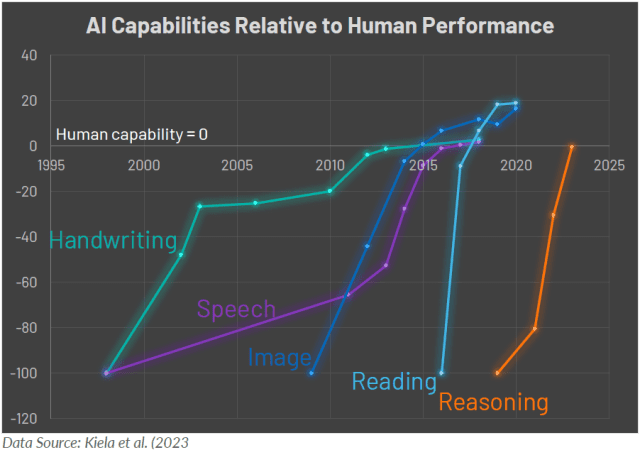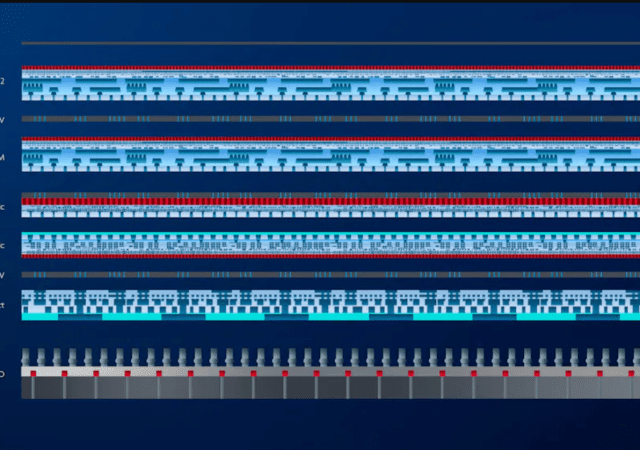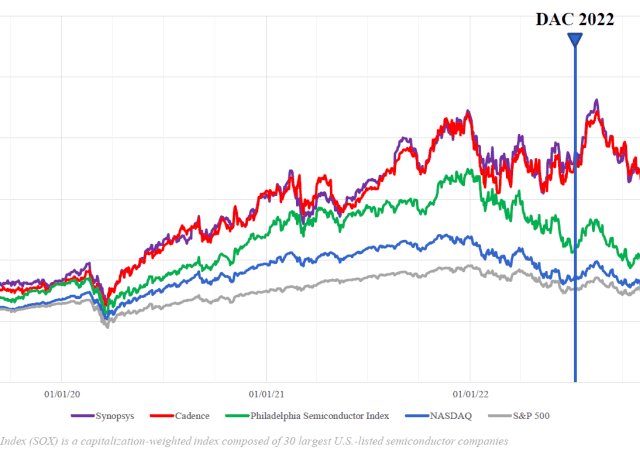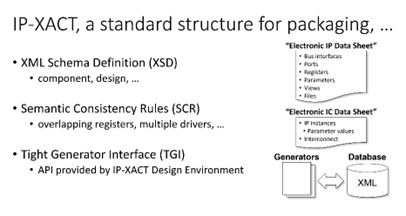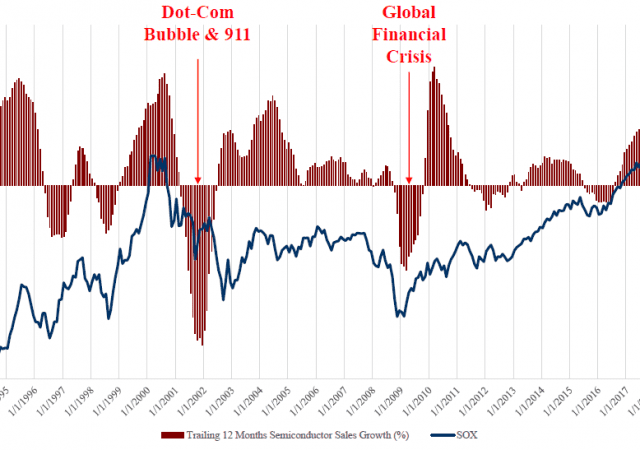John Blyler interview Nikos Zervas, CEO of CAST IP, on the future of IP Royalties. Are they a thing of the past?
Search Results For: John Blyler
EDA and IP Industries Face Dickensian Quandary – Will Value Win Over Complacency?
Fundamental changes are changing the value of EDA and IP, but not for the better. Will AI be the game changer?
AI Use Cases in Semiconductor Manufacturing and the Theory of Adjacent Possible
Keynote speaker at SEMI Pac NW event discussed specific AI use case examples in manufacturing before finishing with TAP and a Cambrian explosion.
System-Level Simulations, Sub-System Digital Twins, 2.5D Heterogeneous Integration, UCIe and CMOS 2.0
Chip design simulation remains an important tool, but manufacturing and supply chain simulators are equally critical – e.g., digital twins and chiplets. Die hardware integration security looks to be the new threat target for modern systems, and CMOS 2.0 may make the challenge even more significant.
CHIPS Act, 3D-IC, AI, Open Source, and EDA-IP Tool Trends Dominate
Familiar semiconductor EDA-IP trends remain but vary in impact for 2023.
System Companies Shake Up Semis with Middle Man Cuts, Vertical Shifts, and More
The economic death of Moore’s Law brings a simpler semiconductor value chain, the rise of system companies, software ownership, cuts to the middle man, vertical shifts, and IP M&As.
What’s New in the 2022 IEEE IP-XACT Standard? Big Reveals from the Chair
Does semiconductor IP still matter? And what does the chair of the IEEE-1685 IP-XACT standard reveal about the latest feature sets?
Shortage to Surplus Cycle Hits Semi But One Segment Escapes
One major part of the semiconductor industry is escaping the downward trend felt by the larger market. But this time, it’s different.
Where are the Real Opportunities for the EDA Industry? AI, ML and DL Hold the Answers
But these terms are used interchangeably, which may create additional challenges.
Reimagining Simulation Essential to Create Advanced Chip Designs. But How?
Past efforts to accelerate simulation with special-purpose hardware have repeatedly fallen behind the ever-improving performance of general-purpose computers, enabled by Moore’s Law. But Moore’s Law is ending, and the time is right to fundamentally rethink simulation algorithms, methodologies, and computational strategies.
